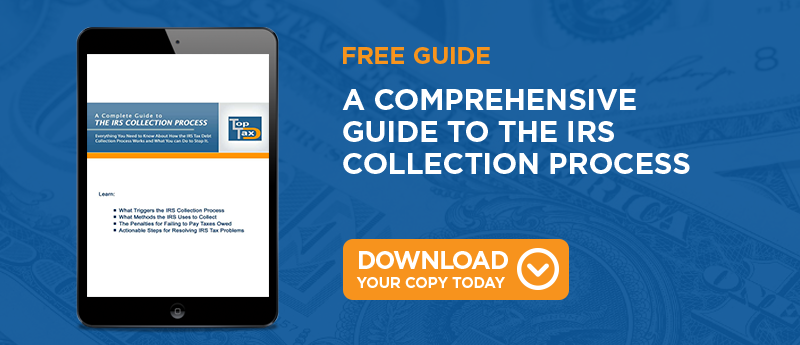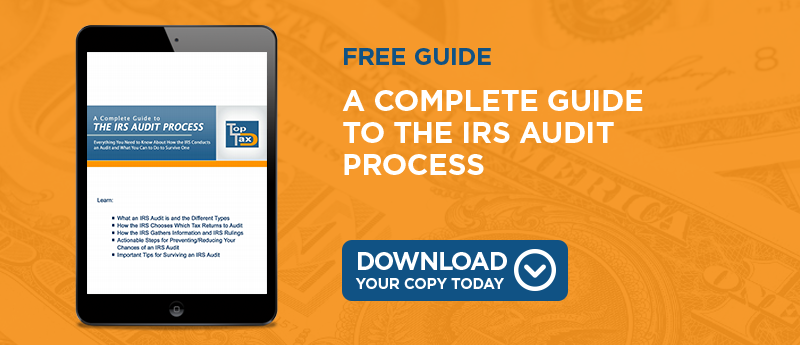
1. Demonstrate That the Levy Will Cause a Financial Hardship
The IRS will be sympathetic toward certain financial difficulties but to qualify for the help you will have to prove that the levy will generate a true hardship by preventing you from paying your necessary bills for living. These usually include your mortgage, food or utility bills. Expenses such as credit card bills, student loan payments or school tuition do not count as necessary costs for this purpose.
2. Try to Establish a Payment Plan
An IRS payment plan is free to set up and can be established very quickly. The advantage of using the payment plan is that you can select which day of the month you'd like to send in your payment and you can usually ask to pay a certain amount each month. While the payment plan may end up costing you more in the long run due to the penalties and interest that accrue over time the smaller monthly payment may be more affordable for you right now. Signing up for the plan will also help you avoid a tax levy placed on your bank account since the IRS will view the plan as a good-faith attempt to repay your back taxes.
3. Negotiate a Lump Sum Payment
Sometimes the IRS will agree to a reduced lump sum payment if you agree to make the payment right away. Generally, the agency will agree to a lump sum payment of about 80 percent of the total debt, but some taxpayers may be able to negotiate a smaller payment of 60 or 70 percent of the total.
In short, the easiest way to get out your bank levy with the IRS is to try to take advantage of the various options for settling your account before the levy is enforced. If you begin this process before the levy takes effect it will be much simpler for you to settle your back tax debt.
*Image courtesy of freedigitalphotos.net



